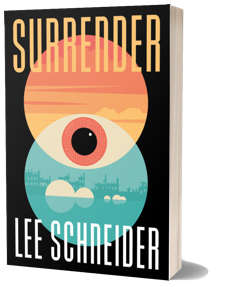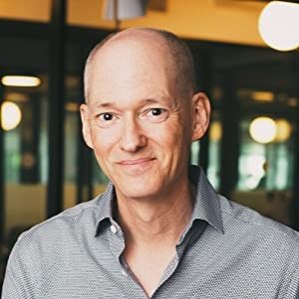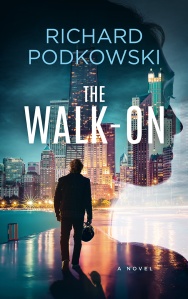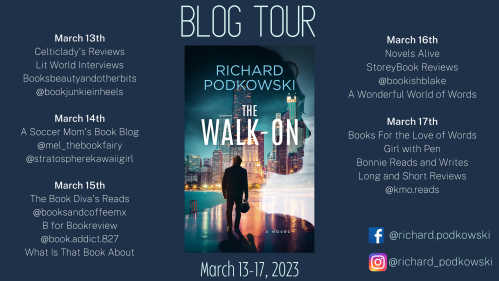Why do we spend so much time and effort creating a fairytale world for our children, just to take it away from them? Author Jeff Janke faced that dilemma three years ago when his daughter started questioning her belief in Santa Claus. Like most parents, he had two problems to solve–how to gently teach his child the true meaning of Christmas, and how to prevent her from spoiling the fairytale for other children. Out of this problem, Secret Santa Claus Club was born.
Secret Santa Claus Club is a beautifully illustrated story about a little girl thinking back on the magic of each Christmas. She remembers meeting Santa at the mall and seeing her first bike under the tree on Christmas morning. As time goes on, she starts to wonder if it’s all real. When she decides she’s ready to know the truth–her parents help guide her to the true meaning of the holiday.
Secret Santa Claus Club was written to be a tool for parents during these challenging moments. Combined with love, patience, and compassion, SSCC will help transition the reader from believing to becoming. At the end of the story, your child will be invited to join Secret Santa Claus Club. They’ll understand the importance of keeping the secret, creating the magic for believers, and helping other members of the club.
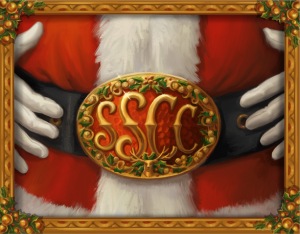
See the tour–wide giveaway at the end.
A Reader’s Review
“I recommend using Secret Santa Claus Club to help break the news to any child. Or if your kid knows already, like mine did, it can help put the strange idea of “becoming” Santa into perspective. There’s some emphasis on keeping the secret from other believers (and helping spread the magic), which I really appreciate. Very glad I purchased. The quality is excellent. But most importantly, the story is really sweet.”
— Erin M. (Amazon reviewer)
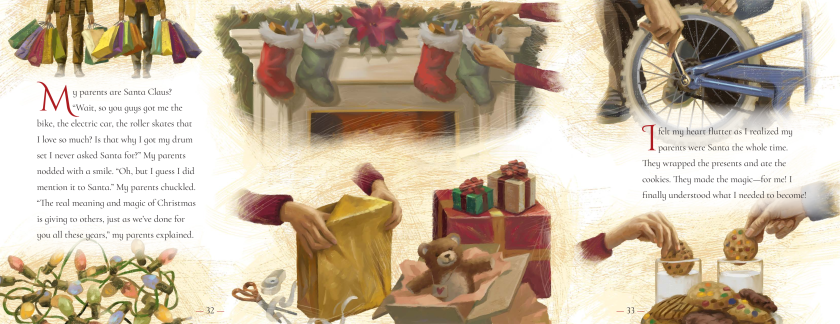
A Parent’s Guide to Navigating the Santa Talk: How to Use a Secret Club to Help Support the Truth and Transition your Child
My daughter, River, was 9 when she started to question Santa Claus. It really took me off guard, but I knew this momentous occasion deserved something special. I couldn’t find the exact solution I was hunting for, so we held off telling her and I spent a year writing her a book.
I had several goals in mind, some driven by common fears all parents have in my shoes.
- I wanted to make sure she didn’t feel betrayed. Saint Nick was real after all! But would she feel like I lied to her all these years?
- I wanted to keep Christmas special and full of magic. I didn’t want it to lose its luster.
- I needed to hold her accountable for all the believers in her life. I didn’t want her to spoil the secret for any of her peers.
- And I wondered if I could replace feelings of exclusivity with inclusivity.
These goals and fears are what drove me to my light bulb moment. The Secret Santa Claus Club was born. 5 years later, I can say it worked better than I ever imagined.
__________________________________
Here are the steps I took, the insights I gained, and the changes I would make:
Make Your Own Club Rules:
For me, I focused on spreading the magic and keeping the secret. Of course, every family will have their own unique approach. In a nutshell, here are my SSCC Rules:
- Respect all Santas, including mall Santas and parents dressed as Santa
- Help fill stockings
- Never share the secret with any believer, no matter how young or old
- Only caregivers can invite members into the club
- Always leave milk and cookies
- Carry on all the same Christmas Traditions with love and joyfully give to others
Find other members:
If your child has a tight-knit crew, find out who’s in the know and who isn’t. Share the concept of your club with family members and parents. Encourage them to extend their warm welcome to your child. River loved the feeling of community once older folks started talking about “the club”.
Find believers:
It’s helpful to know who to guard the secret from. And it’s also fun to pick a few close believers—like siblings or friends—and perform “acts of magic” for them. More on this below.
Create Club Activities:
Spreading the magic was a huge emphasis for us. River loved finding out how her mom and I made magic for her over the years. It gave her great ideas on how to pass it on. Some examples of club activities are writing letters from Santa to younger siblings or friends, or picking out stocking gifts for the family and stuffing them.
Charity:
I wish I specifically mentioned charity in our written club rules, but we always make sure to focus on it during the holidays. There’s no better way to honor the legacy of St. Nick than by giving to those in need. We started the tradition of finding someone in our community less fortunate, brainstorming a helpful gift, and leaving it for them anonymously. We also have River pick out 5 of her toys to donate. This helps make room for what’s coming.
Make it official:
If you’d like to make it more official and are crafty, make a badge, ID Card, patch, certificate, or ornament. We printed the club rules on linen certificate paper and I was so surprised at how much River studied those rules!
Celebrate:
Don’t forget to celebrate the induction of the club like a graduation or special achievement. This is a big deal! A rite of passage! Ask other adults to recognize the newest member into the club. A talk with family ahead of time can really make the transition special.
———————————————————-
One of the best parts about using the Secret Santa Claus Club was the way it transformed the event from a potential tragedy into an adventure. Once River joined the club, there was so much for her to look forward to; it replaced the magic that Santa supplied with a whole new world of magic of her own making.
If you’d like a tool to help your family start this conversation and introduce your child to the Secret Santa Claus Club, grab a copy of my children’s book! https://a.co/d/2tk9rFD You certainly don’t need it to have a successful transition, but it can be helpful. I also have lots of helpful blogs on my website: www.secretsantaclausclub.com
Happy holidays to you and your family and best of luck to you!
—Jeff Janke
Secret Santa Clause Club at Amazon.
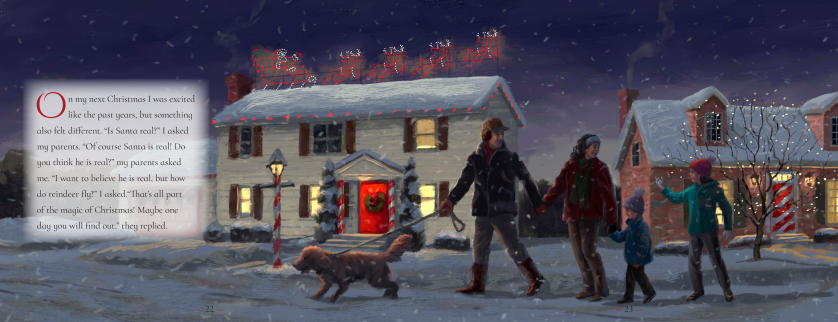
We are doing a tour–wide giveaway of a book, club sticker, and club postcard. Jeff has EIGHT sets available for US and/or Canada winners.
Just click below.
http://www.rafflecopter.com/rafl/display/463009dc8/
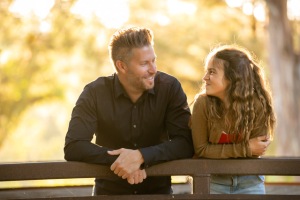
Author Bio:
Jeff Janke is a single dad who considers himself more of a problem solver than an author. When his daughter started questioning Santa, he wrote a book to help guide her from a world of believing in Santa to a community of truly becoming Santa. When his daughter wanted to invite other friends into the club (after they learned the secret), and after lots of encouragement from friends and family who have faced the same dilemma, he decided to publish Secret Santa Claus Club to help other parents and children too!
Website: https://www.secretsantaclausclub.com/
Facebook: https://www.facebook.com/secretsantaclausclub/
Instagram: https://www.instagram.com/SecretSantaClausClub
Amazon: https://amzn.to/45T1H7r
Goodreads: https://www.goodreads.com/book/show/63391605-secret-santa-claus-club
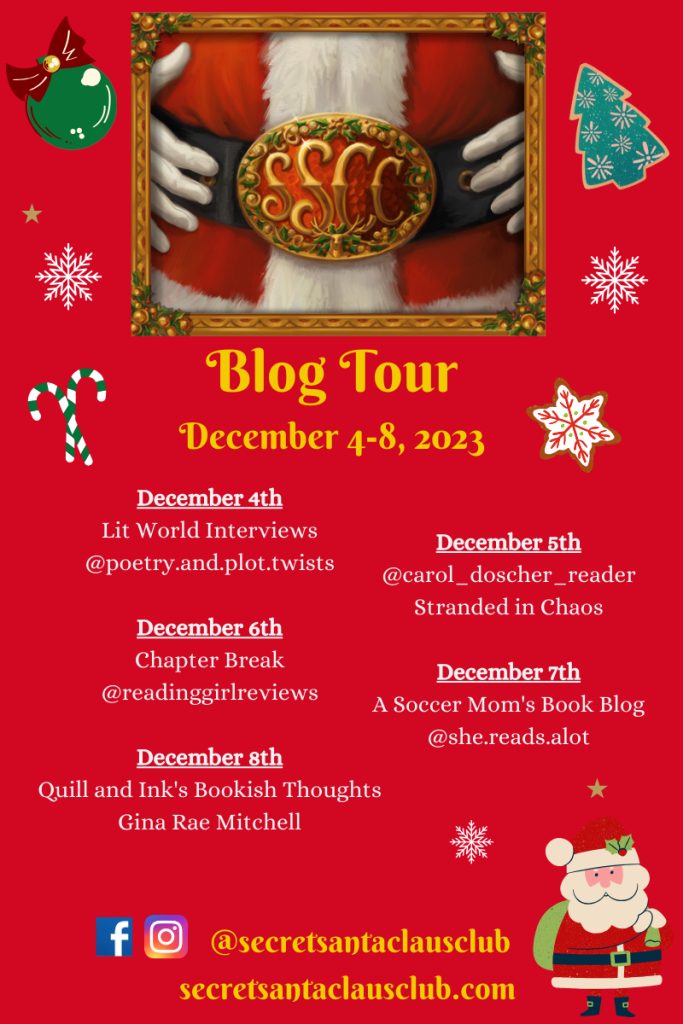
© 2014-2023- Ronovan Hester Copyright reserved. The author asserts his moral and legal rights over this work.

